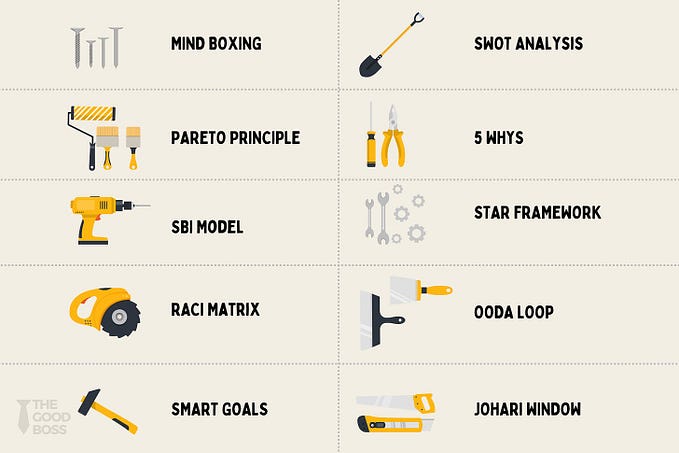Originally posted 08-Jun-23

In Part 2 of this series, I discussed ideas and methods. This part covers analysis, focusing on Appreciative Inquiry and Positive Deviance.
Captured knowledge can be analyzed to allow it to be applied in in new and useful ways. Reviewing collected information may reveal patterns, trends, and tendencies that can be exploited, expanded, or corrected. Distilling data to extract the essence leads to discovering new ideas and learning how to improve. Knowledge can be harvested in the form of lessons learned, proven practices, and rules of thumb.
After collected knowledge has been analyzed, it can be codified to produce new standard methodologies, reusable material, and repeatable processes. Data can be consolidated, content can be curated, and processes can be integrated to yield improved business results.
Two specific methods of analysis are especially helpful for knowledge creation. These are Appreciative Inquiry and Positive Deviance.
Appreciative Inquiry
Appreciative Inquiry (AI) involves asking questions that strengthen a system’s capacity to apprehend, anticipate, and heighten positive potential. It is the mobilization of inquiry through the crafting of the unconditional positive question.
AI is the co-evolutionary search for the best in people, their organizations, and the relevant world around them. In its broadest form, it involves systematic discovery of what gives life to a living system when it is most alive, most effective, and most constructively capable in economic, ecological, and human terms.
As a method of change, Appreciative Inquiry differs from traditional problem-solving approaches. The basic assumption of problem solving is that people and organizations are fundamentally broken and need to be fixed. The process usually involves identifying key problems, analyzing the root causes of failure, searching for possible solutions, and developing an action plan.
In contrast, the underlying assumption of Appreciative Inquiry is that people and organizations are evolving and growing. AI focuses the whole organization on identifying its positive core — its greatest assets, capacities, capabilities, resources, and strengths — to create new possibilities for change, action, and innovation. The steps include discovering the organization’s root causes of success, envisioning bold new possibilities for the future, designing the organization for excellence through dialogue, and co-creating the future.
Use Appreciative Inquiry to evolve from problem solving to innovation. This process can be applied in almost any context, and the philosophy can be applied in communities, training, communications, user assistance, rewards, lessons learned, proven practices, collaboration, and management of change.
The 5 Ds of Appreciative Inquiry
- Define — What is the topic of inquiry? It is important to define the overall focus of the inquiry (what the system wants more of). Definition is used to clarify the area of work to be considered. It defines the project’s purpose, content, and what needs to be achieved. In this phase, the guiding question is, “What generative topic do we want to focus on together?”
- Discover — Appreciating the best of what is. Discovery is based on a dialogue, as a way of finding what works. It rediscovers and remembers the organization or community’s successes, strengths, and periods of excellence.
- Dream — Imagining what could be. This phase uses past achievements and successes identified in the discovery phase to imagine new possibilities and envisage a preferred future. It allows people to identify their dreams for a community or organization; having discovered what is best. They have the chance to project it into their wishes, hopes, and aspirations for the future
- Design — Determining what should be. Design brings together the stories from discovery with the imagination and creativity from the dream phase. Bring the best of what is together with what might be, to create what should be: the ideal.
- Destiny — Creating what will be. The fifth phase identifies how the design is delivered, and how it is embedded into groups, communities, and organizations.
Positive Deviance
Using Positive Deviance can help find those whose special practices, strategies, and behaviors enable them to find better solutions to prevalent problems than their neighbors who have access to the same resources. Positive Deviance is based on the observation that in any community, there are people whose uncommon but successful behaviors or strategies enable them to find better solutions to a problem than their peers, despite facing similar challenges and having no extra resources or knowledge. It enables a community to discover successful behaviors and strategies and develop a plan of action to promote their adoption by all concerned.
Positive deviants can be found everywhere. Their special practices enable them to find better solutions than their peers to prevalent problems. Study what works and encourage replication by others.
The 6 Ds of Positive Deviance
- Define the problem, its perceived causes, related current practices (situation analysis), and what a successful solution or outcome would look like. Describe the desired outcomes as changes in behavior or status.
- Determine if there are any individuals or entities in community who already exhibit desired behavior or status. Identify the positive deviants.
- Discover uncommon practices or behaviors enabling the positive deviants to outperform or find better solutions to the problem than others in their community.
- Design and implement activities enabling others in the community to access and practice new behaviors. Focus on doing rather than transferring knowledge.
- Discern the effectiveness of activities through ongoing monitoring and evaluation.
- Disseminate the successful process to appropriate others. This is scaling up.
In Part 4 of this series, I discuss actions to take to create knowledge and provide an example of knowledge creation.








